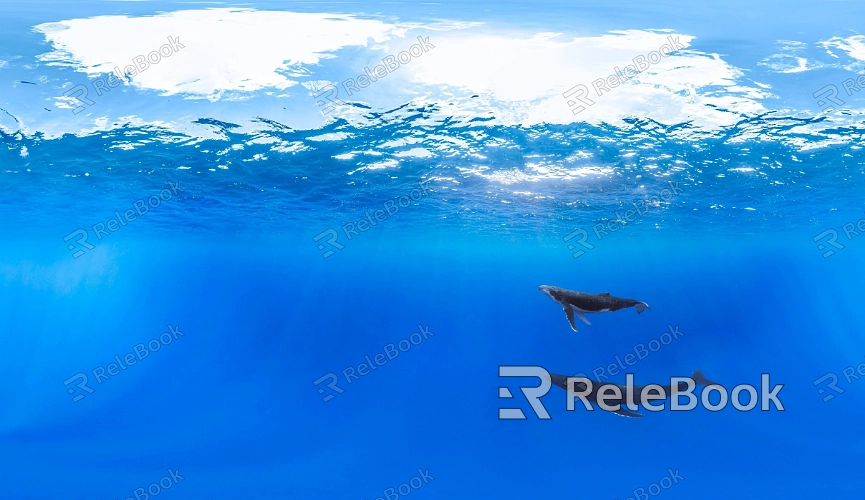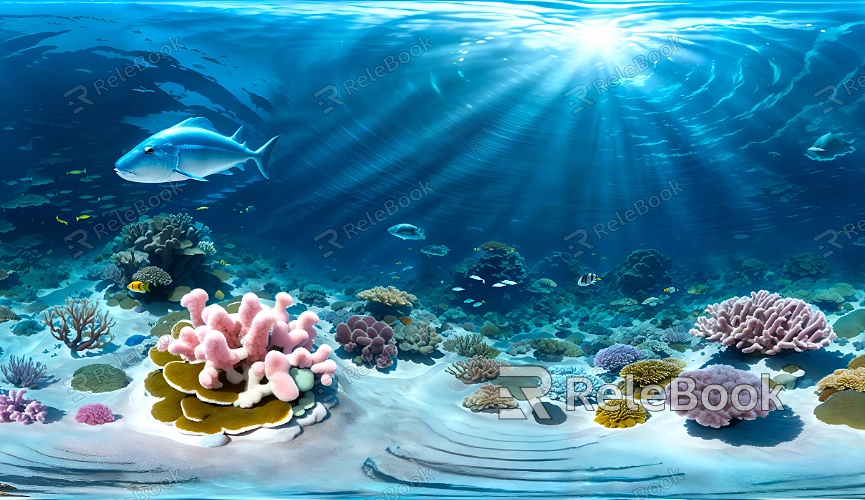What is a Depth Texture in Unity for 3D HDR Rendering
In Unity, a depth texture is a crucial concept. It is primarily used to store depth information for each pixel in a scene, helping to achieve realistic effects, especially during lighting, shadowing, and post-processing. The application of depth textures is extensive in 3D software like Unity, particularly in HDR rendering. This article will explore the functions, significance, and effective usage of depth textures in Unity.

Basic Concept of Depth Textures
A depth texture is a specialized type of texture that saves the distance information from the camera's viewpoint to each point in the scene. This data is typically stored in grayscale, where white represents close distances and black represents far ones. In Unity, depth textures can be utilized in various rendering techniques, including shadow mapping and post-processing effects.
Role of Depth Textures
The primary role of depth textures is to optimize the rendering process. They allow the engine to quickly perform depth tests for each frame, determining which objects should be drawn and which should be occluded. This is particularly important in complex scenes, significantly enhancing performance.
Integration with HDR
In HDR rendering, the use of depth textures enables the scene to exhibit realistic lighting effects across a broader brightness range. When employing HDR techniques, depth information assists in achieving finer lighting and shadow details, making the visuals more vibrant.
Steps to Create Depth Textures
Creating depth textures in Unity is relatively straightforward. Designers need to enable the depth texture option in the camera settings. This can be done easily by:
Selecting the camera to be used.
Checking the "Depth Texture" option in the camera component.
Accessing the depth texture in shaders using the built-in _CameraDepthTexture variable.

Performance Considerations
When using depth textures, designers should be mindful of performance issues. The generation and storage of depth textures consume additional memory, so it's essential to evaluate their impact on performance when designing complex scenes. Proper optimization ensures rendering efficiency remains unaffected.
Application in Post-Processing
Depth textures play a vital role in post-processing effects. Designers can use depth information to create effects like depth of field and blur, enhancing the scene's depth. For instance, combining depth textures with blur algorithms can keep foreground objects sharp while rendering the background blurred, reinforcing visual focus.
Common Issues and Solutions
Designers may encounter common problems when using depth textures, such as improper display or lack of support. To troubleshoot, consider these solutions:
Ensure the depth texture is enabled in the camera settings.
Check that shaders correctly access the depth texture.
Review Unity's documentation to confirm the used graphics API version supports depth textures.
Debugging Tools for Depth Textures
Unity offers various tools to assist in debugging depth texture issues. For example, the Frame Debugger allows designers to inspect the rendering process frame by frame, helping to identify potential depth texture problems. This is crucial for optimizing rendering and troubleshooting errors.
Community and Resources
There are numerous resources within the Unity community to help designers deepen their understanding of depth texture usage, including official documentation, video tutorials, and forum discussions. Engaging with the community not only provides access to the latest technical insights but also allows designers to learn from others' experiences.
By understanding how depth textures integrate with 3D HDR rendering in Unity, designers can better optimize their work and enhance rendering quality. Mastering these techniques not only improves visual output but also boosts development efficiency. If you're seeking high-quality HDR image resources, 3D textures, SketchUp models, or 3ds Max models to create models and virtual scenes, Relebook offers a wealth of options to help you achieve outstanding visual results in your projects.

